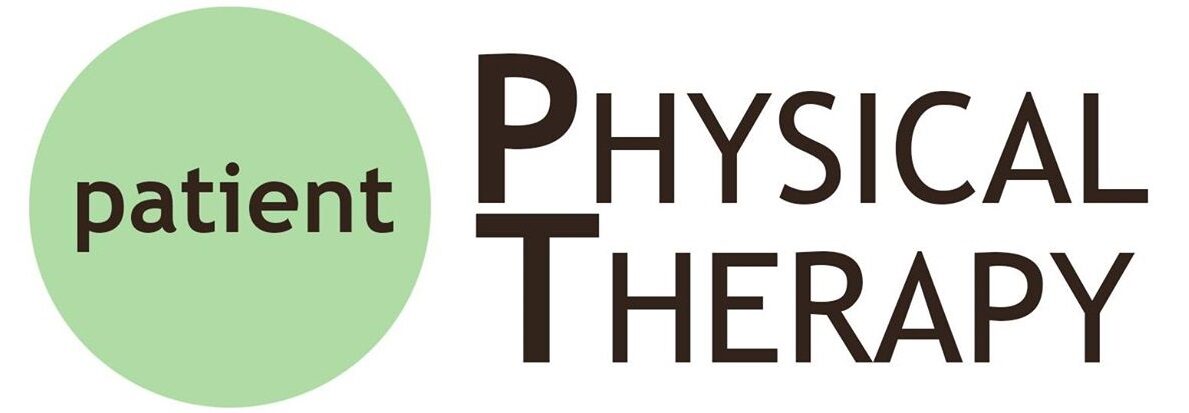Fairly often people will ask me what my PT specialty is. This is an interesting question with a somewhat meandering answer. My interest in PT grew from my own experiences with chronic pain and complex health issues including “autoimmune” disorders. I didn’t identify as someone with chronic illness until recently, as I am able to do pretty much whatever I like, be productive and functional, on the day to day. Only recently have I started to take seriously the effort this takes, and that this isn’t quite “normal.” Labels, lenses, and diagnoses can be depressing and limiting, they can also be affirming. It depends if you want them when you receive them; if they give you words for the unspoken experiences of struggle, it can be quite freeing.
By the time I graduated from PT school, I had already started training to become a Pelvic Floor Therapist certified by the APTA. This involved 70+ hours of lecture and lab training, preparing me with a more thorough understanding of the contents of the pelvis. This training enabled me to understand and treat pain and difficulties related to pee, poop, and sex, and also improved my understanding and ability to treat pelvic pain, back pain, hip pain, tailbone pain, and nerve-related pain in general. PT school prepared me to treat all body regions, with the exception of the pelvis. My pelvic floor training improved my understanding of the hips, lower spine, and upper legs - you know, our center of gravity and the locus of our base of support for movement. Kind of a big deal!
About a year and a half after my pelvic floor training, I took a Gynecologic Visceral Manipulation course. Often conversations about the pelvic floor focus on muscles, but we can’t forget the organs, nerves, blood vessels, ligaments, and fascia that connect everything. Visceral manipulation uses principles of fascial mobilization (gliding layers between skin, fascia, organs) to free movement in the pelvis and improve overall function. This training moved my understanding of the pelvis into 3-D and vastly improved my hands-on skills.
Peppered throughout the last semester of of PT school and the following two years, I’ve taken PT-specific courses on hypermobility and Ehlers Danlos Syndrome, POTS and dysautonomia, lipedema, gender-affirming pelvic exams, working with gender-diverse athletes, trauma-informed pelvic care, orofacial breathing mechanics, and even nerdier webinars about the biomechanics of particular movements.
Working with Kelly is advanced biomechanics training. Rather than thinking of posture as a static state of existence that is either “good” or “bad,” I have an understanding of the biomechanics of movement in daily activities. This training started in PT school, but really got honed by Kelly’s own brand of movement awareness with its focus on dynamic tension. Muscles are pulleys on bones. They move, they stabilize. When they aren’t, our bodies come up with creative (and often painful) compensations for getting the job of moving done.
This doesn’t even begin to speak to the hours of research rabbit holes I find myself in. Exploring the intersection of hypermobility, dysautonomia, and neurodivergence has been one of my favorites. I’ve learned that I’m hypermobile in many of my own joints, and turned research into me-search, constantly improving my own physical comfort and ease of movement. I’ve enjoyed a fun challenge lately helping some neurodiverse clients tap into body awareness using techniques developed for people recovering from neurologic injury.
So what is my specialty? The easy answer is Pelvic PT. And I love that answer because there are so few healthcare providers to talk to about our questions and difficulties with pee, poop, and sex. A Pelvic PT is the perfect person for that.
But what is my specialty actually? The real answer is everything here. If you’re someone with strange pains or complex medical issues, if you think you might fall along the hypermobile/neurodivergence/dysautonomia spectrum, if doctors look at you like you’re weird:
You might not immediately think about seeing a PT, but you should probably come see me.
